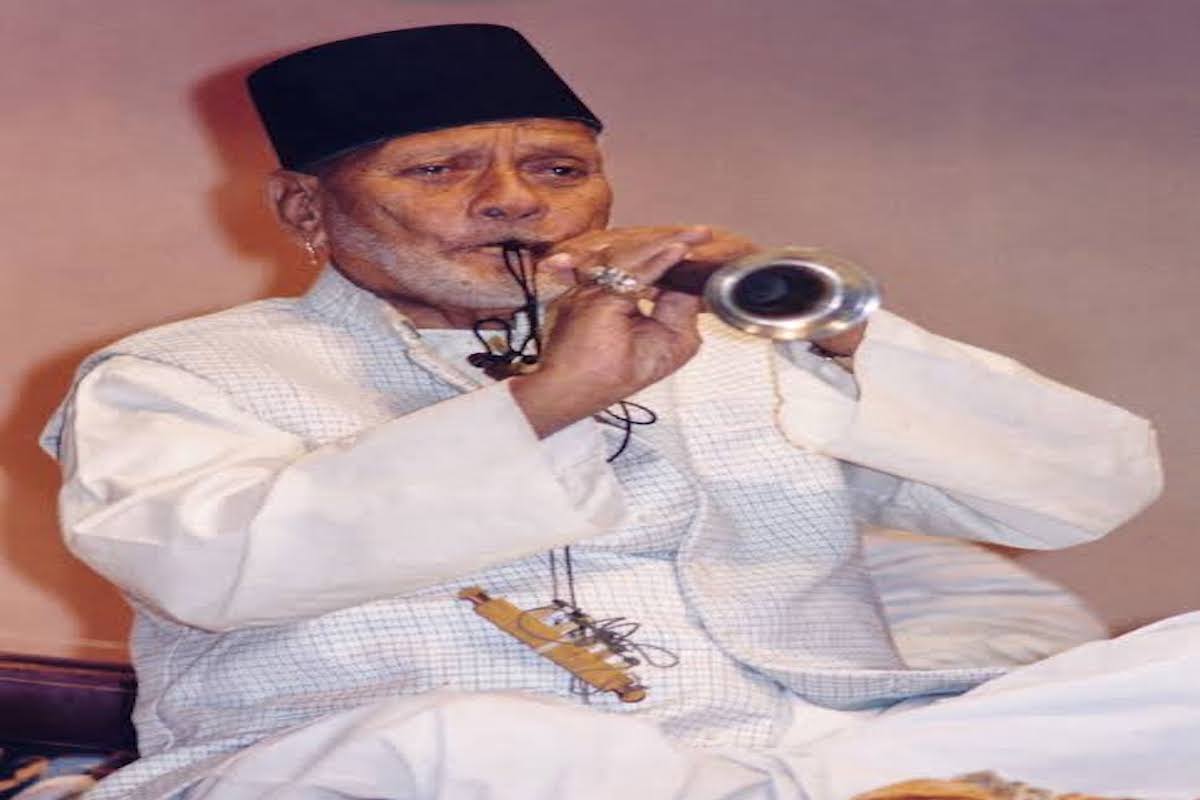PM Modi remembers ‘Lata Didi’, Ustad Bismillah Khan during his ‘Mann Ki Baat’ address
PM invoked Ustad Bismillah Khan while talking about how the popularity of some classical music instruments has decreased with time.
Bismillah Khan began his career by performing at numerous stage shows. He got his first big break in 1937 when he performed at the All India Music Conference in Calcutta.

Ustad Bismillah Khan and Shehnai : a partnership beyond life and death (Picture Credits - Twitter)
Ustad Bismillah Khan, born as Qamaruddin Khan, is a name that is highly associated with Shehnai and Indian classical music. He was naturally introduced to Shehnai at a very young age as his father played the wind instrument in the court of Dumraon’s Maharaja Keshav Prasad Singh. He idolised his father and decided to follow in his footsteps, and hence, be-friended Shehnai as a lifelong companion.
He moved to Varanasi, Uttar Pradesh at the age of six to live with his uncle. Inspired by the river Ganga and culture of Varanasi, Bismillah Khan began learning Raag and shehnai from his uncle.
Bismillah Khan began his career by performing at numerous stage shows. He got his first big break in 1937 when he performed at the All India Music Conference in Calcutta. This performance pulled the spotlight over Shehnai and the instrument was well appreciated by the audience. He later played in Afghanistan, the United States, Canada, Bangladesh, Iran, Iraq, West Africa, Japan, Hong Kong, and other parts of Europe. Throughout his illustrious career, he appeared in various prominent events all over the world, including the World Exposition in Montreal, the Cannes Art Festival, and the Osaka Trade Fair.
Advertisement
The First Tune of Independent India
Bismillah Khan was invited by Prime Minister of India Pandit Jawaharlal Nehru to play shehnai on the first Independence Day (15 August 1947) in Delhi’s Red Fort. He was the only musician who had the rare distinction of performing his Shehnai on the eve of India’s first Independence in 1947. He performed at the Red Fort in Delhi and has continued to do so every year on August 15th, for many years, right after the Prime Minister’s speech. For a long time, his performance was the main attraction of Independence Day celebrations. His performance was broadcast live by Doordarshan to thousands of households.
Ustad Bismillah Khan and Film Industry
Bismillah Khan had a very short-lived association with the film industry. He appeared in Satyajit Ray’s Jalsaghar (1958) and provided the sound of shehnai in Vijay Bhatt’s Goonj Uthi Shehnai (1959). He later played the shehnai in Vijay’s Kannada-language blockbuster Sanaadi Appanna (1977).
New Raga – Kanharira Raga
Ustad Bismillah Khan always expressed that he believes his art is a blessing from Goddess Saraswati, Lord Shiv and Lord Krishna themselves.
During a concert related to Kumbh Mela, he presented the new raga.
The audience loved this melodious ‘raga,’ and they requested Ustad to sing it again and again. The music scholars present there couldn’t make out the name of the ‘Raga,’ so they asked Bismillah Khan out of sheer curiosity, to which he responded that the Raga’s name is ‘Kanhaira.’
Next day, the event and the raga became the first-page headline. Mesmerised by the news, Hariprasad Chaurasya, the legendary Musician (Flutist), asked about ‘Kanharira Raga’ to Bismillah Khan. He replied but saying that during his journey he met a boy on the train who was playing flute, and that boy introduced him to this music and the raga. He believed that the boy was Lord Krishna himself and hence he named the raga ‘Kanharira’.
To this Hariprasad Chaurasya requested Bismillah Khan to play the raga and he himself wants to experience what the audience at the concert felt. After listening to the ‘Kanharira’, Hariprasad Chaurasya burst into tears of joy and the melody was intensely pure and divine.
Awards Given to the Melodious Duo : Ustad Bismillah Khan and Shehnai
Death of the Shehnai Maestro of Indian Classical Music
Legacy of Ustad Bismillah Khan
Advertisement